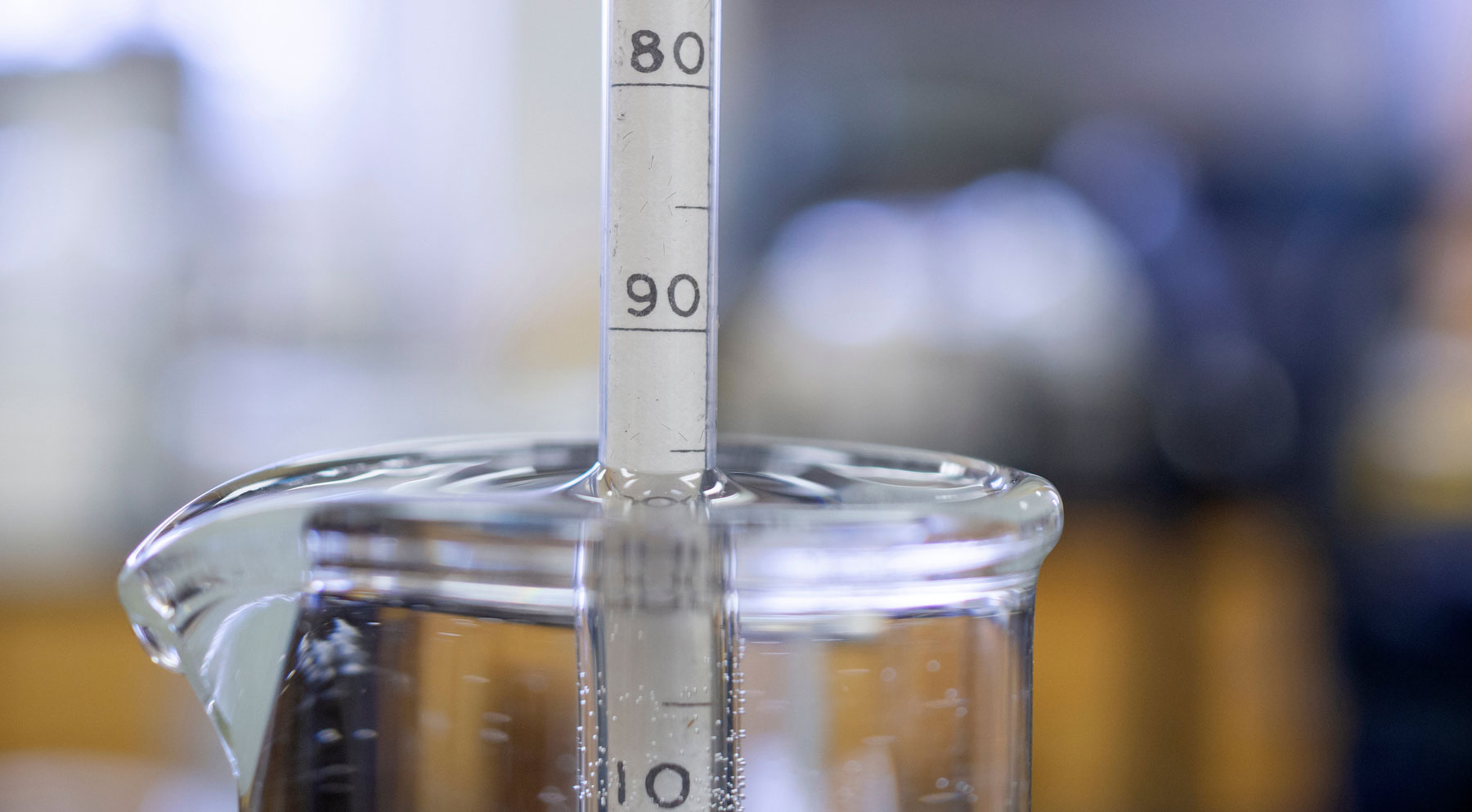Understanding Alcohol Proof vs ABV (and How to Measure Both)
How Alcohol is Measured: Understanding ABV and Proof
Whether you're making herbal tinctures, perfumes, flavor extracts, or other DIY creations, understanding how alcohol content is measured is essential. When shopping for food grade ethanol or reading labels on spirits, you'll encounter terms like ABV, proof, wine gallon, and proof gallon. This guide breaks down what these terms mean, how they're calculated, and how to measure them accurately.
What Is ABV (Alcohol by Volume)?
ABV stands for Alcohol by Volume. It tells you what percentage of a liquid is pure alcohol in relation to the total volume. For example:
- 40% ABV (most beverage alcohol) = 40% ethanol, 60% water
- 50% ABV = 50% ethanol, 50% water
- 95% ABV = 95% ethanol, 5% water
- 100% ABV = pure ethanol, no water
ABV is the standard measurement used worldwide to represent the concentration of ethyl alcohol in solution. ABV does not affect a "food grade" status of a particular product however most food grade ethanol products, such as 200 proof Culinary Solvent, are 95% or higher in ABV.
What Is Proof?
Proof is another way to describe the strength of an alcohol solution. In the United States, proof is calculated by simply doubling the ABV:
- 80 Proof = 40% ABV
- 100 proof = 50% ABV
- 151 Proof = 75.5% ABV
- 190 proof = 95% ABV
- 200 proof = 100% ABV
The term “proof” originated in 18th-century England, where alcohol was tested for flammability to “prove” its strength. Today, it's a standardized measurement, and it's helpful for quickly gauging ethanol purity.
Understanding Wine Gallons vs. Proof Gallons
In addition to ABV and proof, two other important terms appear in bulk alcohol sales and federal taxation: wine gallons and proof gallons.
| Term | Definition |
|---|---|
| Wine Gallon | A unit of liquid volume equal to 128 fluid ounces (or 3.785 liters) |
| Proof Gallon | A unit of alcohol content equal to 1 wine gallon of 100 proof (50% ABV) |
A proof gallon is essentially a way to express how much pure ethanol is in a given volume of diluted alcohol. This measurement is used by the U.S. government to calculate federal excise tax on alcohol.
How Proof Gallons Work (Examples)
Use this simple formula to calculate proof gallons:
"Proof Gallons = (Wine Gallons) x (Proof / 100)"
For example:
- 1 gallon of 190 proof alcohol = 1.9 proof gallons
- 1 gallon of 200 proof alcohol = 2.0 proof gallons
- 1 gallon of 100 proof alcohol = 1.0 proof gallon
- 1 gallon of 50 proof alcohol = 0.5 proof gallons
Quick Reference: Proof Gallon Examples
| Volume & Strength | Proof Gallons |
|---|---|
| 750 ml of 80 proof (40% ABV) vodka | 0.158 proof gallons |
| 12 oz of 10 proof (5% ABV) lite beer | 0.0009 proof gallons |
| 55 gallons of 190 proof Culinary Solvent | 104.5 proof gallons |
| 5 gallons of 200 proof Culinary Solvent | 10 proof gallons |
How to Measure Alcohol Content (ABV)
Understanding Alcohol by Volume (ABV) is essential when working with ethanol for tinctures, extracts, or culinary uses. ABV tells you how much of the liquid in your container is actual alcohol, expressed as a percentage of the total volume. There are several methods used to determine ABV, but the most common and reliable one for most applications is the hydrometer method.
Measuring ABV with a Hydrometer
A hydrometer is a specialized tool that measures the density (or specific gravity) of a liquid. In the case of ethanol, a hydrometer tells you how much alcohol is present by floating at different levels depending on the alcohol-to-water ratio. The higher the alcohol content, the lower the liquid density, and the deeper the hydrometer will float.
To measure ABV with a hydrometer:
-
Fill a clean testing cylinder with your alcohol sample.
-
Gently lower the hydrometer into the liquid and let it settle.
-
Read the ABV (or specific gravity) at the point where the liquid touches the scale.
-
Adjust for temperature using a correction chart (more on that below).
Why Temperature Matters
Hydrometer readings are affected by temperature. As the liquid warms or cools, its density changes. Most hydrometers are calibrated to give an accurate reading at a specific temperature—usually 60°F (15.6°C) or 68°F (20°C). If your sample is warmer or cooler than the calibration point, your reading will need to be corrected using a temperature correction chart.
💡 Example: A sample reading 95% ABV at 80°F may actually be closer to 96% ABV once temperature is accounted for.
Hydrometers Only Work in Alcohol-Water Solutions
Hydrometers work best in pure mixtures of alcohol and water. When other substances are dissolved in the liquid—like essential oils, sugars, or suspended particles from unfiltered tinctures—they can interfere with the density of the solution and skew the reading.
If your alcohol solution contains:
- Essential oils or infused botanicals
- Sugars or syrups
- Particulate matter from herbs or plant residue
...then your hydrometer reading may be inaccurate.
For the most precise ABV measurements, always use clear, filtered alcohol samples. If you're testing a tincture or extract that includes oils or plant matter, a hydrometer won't be effective at accurately measuring the ABV of the test solution.










